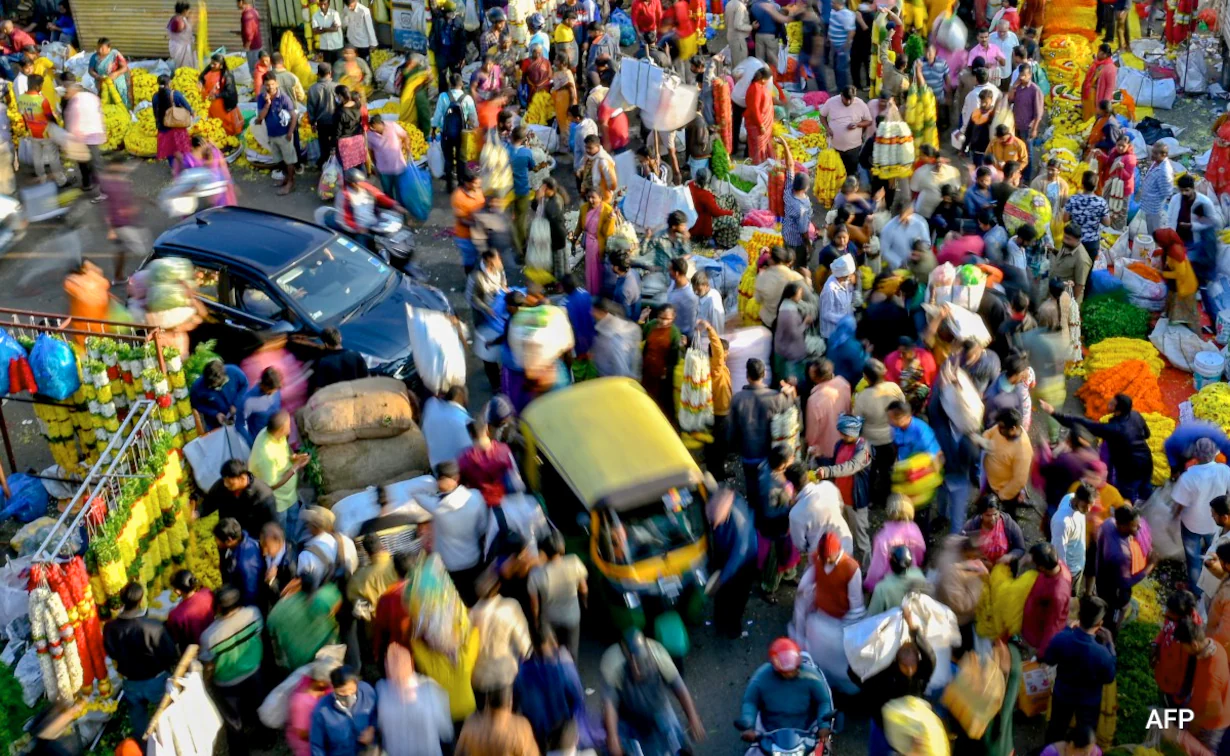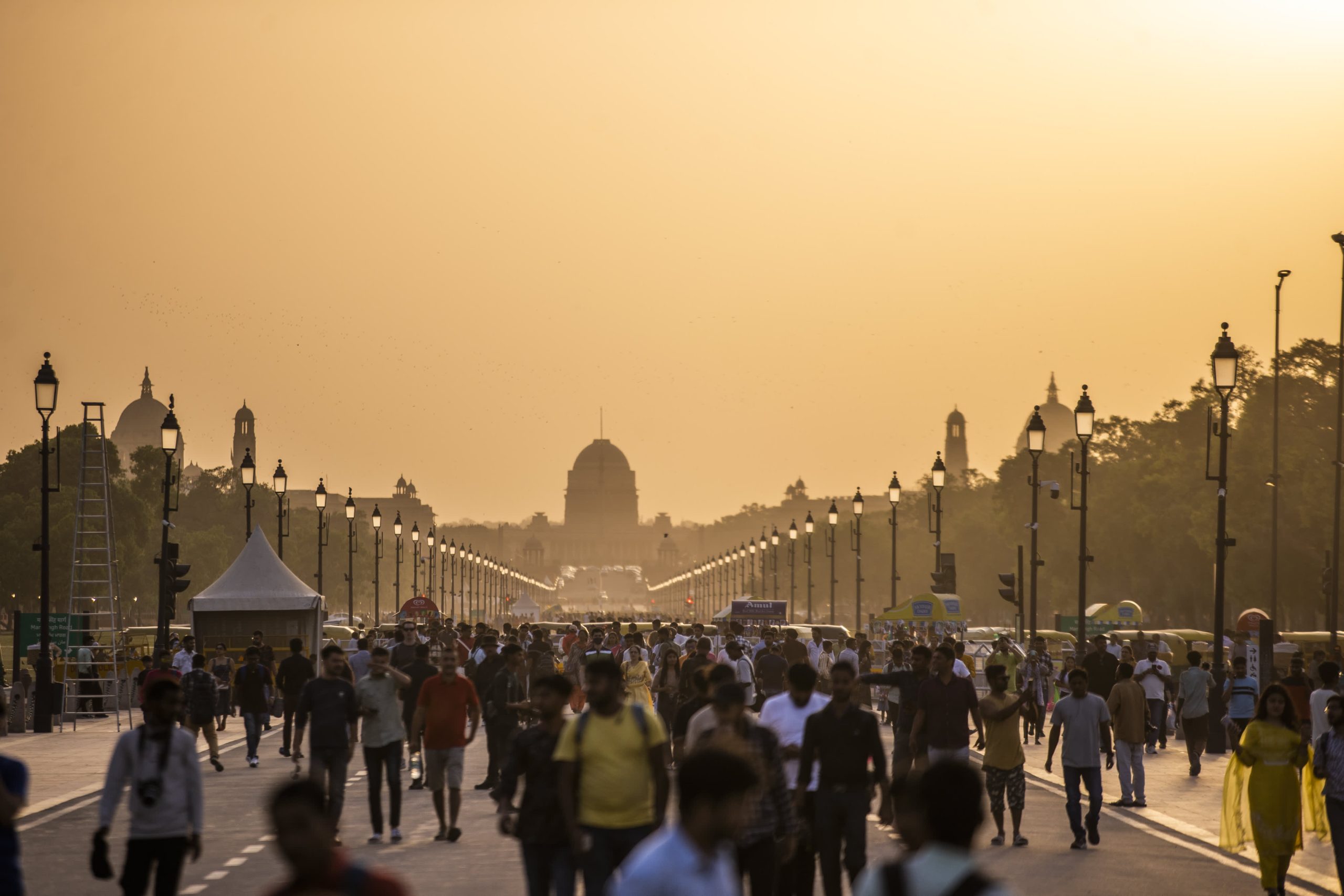In recent years, India has invested in public policies to stimulate population growth and catch up with China as the most populous country in the world. With a population of 1.4 billion people, India is very close to China, which has about 1.44 billion people. India has a young and growing population, with an average age of 27, which represents a large potential workforce for the country.
However, there are also concerns about an aging population as life expectancy increases and fertility rates decline. In addition, India faces challenges regarding uneven population distribution, with some regions of the country having a much higher population density than others. This can lead to infrastructure and quality of life problems in overpopulated areas such as the Mumbai metropolitan area, which is the most densely populated urban area in the world.
However, India has invested in policies to address these challenges, including building new smart cities and developing transport and energy infrastructure in remote areas. The country has also focused on improving women’s quality of life, including measures to increase women’s participation in the labor market and provide financial incentives for families that have a girl.
Investments in birth and education policies
As India continues to grow and develop, the country is becoming an increasingly important force on the global stage. With a young population and booming economy, India is well positioned to take a leading role in the 21st century. However, it is important that the government continues to invest in sustainable development policies to ensure that India can reach its full potential and meet the challenges of the future.
To achieve this goal, the Indian government has invested in birth and education policies, with the aim of increasing the birth rate and reducing child mortality. The country has expanded access to health services and family planning, in addition to offering financial incentives for couples who have more than one child.
Another strategy adopted by the government is to improve the quality of education, with the aim of ensuring that women have greater access to information and can make more informed choices about family planning. Investment in education is also important to improve the population’s quality of life and stimulate the country’s economic development.
Investments in birth and education policies are crucial to address the demographic challenges facing India and ensure a sustainable future for the country. India has one of the highest fertility rates in the world, with an average of 2.2 children per woman. Although this rate has significantly decreased in recent decades, India still faces the challenge of ensuring that its growing population has access to basic services such as health and education.
The Indian government has focused on family planning policies, including promoting the use of contraceptives and providing family planning services in health clinics across the country. However, India also needs to invest in women’s education and empowerment to ensure they are empowered to make informed decisions about their own reproductive lives.
In addition, India needs to invest in quality education policies to ensure that its young population has access to the skills and knowledge needed to succeed in an increasingly competitive job market. This includes investments in primary and secondary education programs, as well as vocational training and higher education programs.
Investing in birth and education policies will not only help secure a sustainable future for India, it will also have long-term economic benefits. Increasing education and labor force participation can help spur economic growth and reduce poverty. In addition, reducing fertility rates can help ease pressure on natural resources and improve quality of life in overpopulated areas.
Challenges for population growth
Despite government efforts, India still faces challenges in catching up with China as the most populous country in the world. The fertility rate in India has been falling in recent decades, due to factors such as urbanization, access to information and changes in behavior patterns.
Population growth can bring many challenges to a country, including the need to provide basic services such as health, education, housing and employment for the rapidly growing population. India is facing these challenges in a big way, with an estimated population of 1.4 billion people and a population growth rate of around 1% per year.

Furthermore, India has one of the largest youth populations in the world, with around 65% of the population under the age of 35. This means that the country needs to ensure that this young population has access to educational and employment opportunities so that they can contribute to the country’s economic growth.
Another challenge for India is ensuring that its population has access to basic health services, including immunizations, antenatal care and family planning services. Lack of access to these services can lead to poor health and child mortality, as well as higher fertility rates. Furthermore, India is also facing environmental challenges such as environmental degradation and scarcity of natural resources as the population continues to grow.
This can lead to increasing pressure on natural resources, including water and food, as well as air and water pollution. Additionally, the COVID-19 pandemic has had a significant impact on the country’s birth rate, with many families putting plans to have children on hold due to economic and health uncertainties.
Future perspectives
Despite the challenges, India continues to invest in policies to spur population growth and catch up with China as the world’s most populous country. With great potential for economic development and a young and growing population, India could become a global power in the coming decades.


